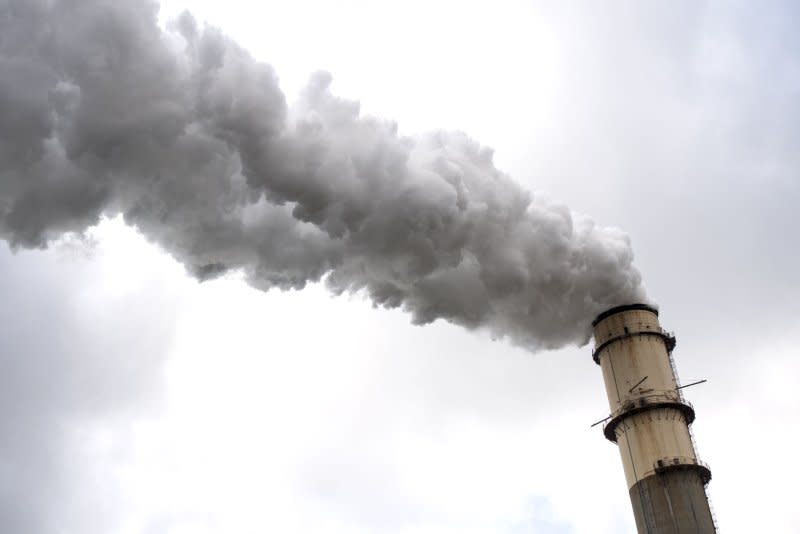New EPA rules to slash cancer risks near chemical plants

April 9 (UPI) -- The Environmental Protection Agency finalized new regulations Tuesday to drastically cut the amount of toxic pollution emitted from chemical plants, part of a larger initiative by the White House to reduce cancer risks.
The rule would apply to approximately 220 chemical plants in the United States, forcing them to reduce their releases of airborne toxins by more than 6,200 tons per year, the EPA said in a statement issued Tuesday.
New EPA regulations will govern six pollutants, including the extremely hazardous ethylene oxide and chloroprene, which are both in widespread use, as well as benzene, 1,3-butadiene, ethylene dichloride or vinyl chloride. Vinyl chloride was one of the biggest concerns after a massive train derailment in Ohio last year after thousands of gallons were spilled into the watershed of the small community of East Palestine.
The rule requires a fenceline monitoring system to be in place for covered processes and equipment that make, use, store or emit the six hazardous substances into the air.
In all cases, owners and operators must find the source of the pollution and make repairs if the annual average air concentrations of the chemicals at their facilities are higher than an already-specified action level at the fenceline.

The guidelines are part of President Joe Biden's larger Cancer Moonshot plan and once fully implemented, the changes are expected to reduce by 96% the number of people living with elevated cancer risks because they live within six miles of a chemical plant, according to the EPA.
That equates to more than 6,200 tons of toxic air pollution each year.

"President Biden believes every community in this country deserves to breathe clean air," EPA Administrator Michael S. Regan said in a statement.
"We promised to listen to folks that are suffering from pollution and act to protect them. Today we deliver on that promise with strong final standards to slash pollution, reduce cancer risk, and ensure cleaner air for nearby communities."
The rule would also slash the number of cancer cases in people living within approximately 31 miles of the chemical facilities by around 60%.
Under the new regulations, facilities subject to the rule would be responsible for conducting the fenceline monitoring, while the EPA will make the data publicly available in an effort to better inform and safeguard nearby communities.
Synthetic organic chemical manufacturing plants will have two years to begin their monitoring programs. Neoprene production sources will have a 90-day deadline to start fenceline monitoring for chloroprene emissions.
"This announcement is a monumental step towards safeguarding public health and the environment. By slashing over 6,200 tons of toxic air pollutants annually and implementing fenceline monitoring, this addresses health risks in surrounding communities and promotes environmental justice in states like Louisiana," Rep. Troy A. Carter Sr., D-La., said in the EPA statement.
"With a substantial reduction of nearly 80% in emissions from covered sources, this is a significant stride towards protecting current and future generations from the harmful effects of these carcinogenic chemicals and demonstrates a path forward for communities and industry to coexist."
The fenceline monitoring provisions are modeled on similar requirements for petroleum refineries first established in 2015 as part of the Clean Air Act.

